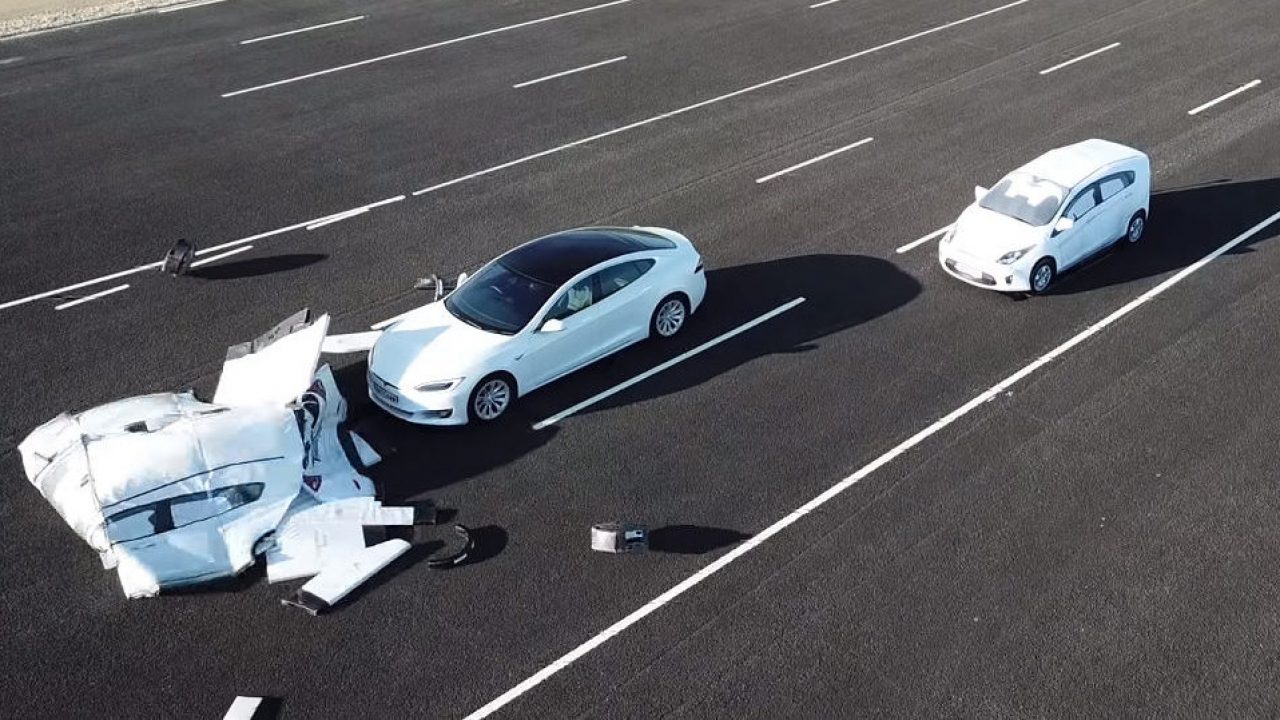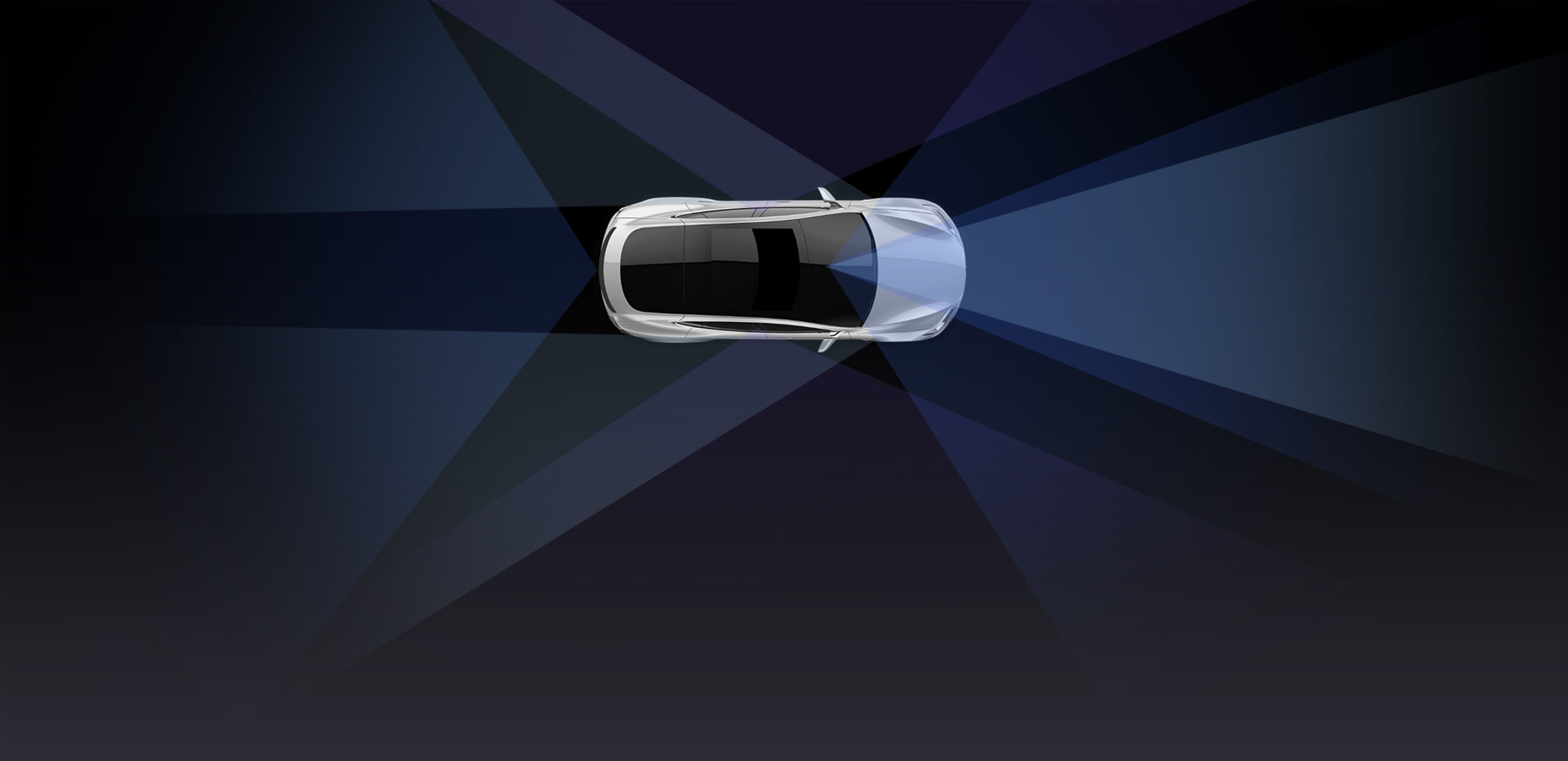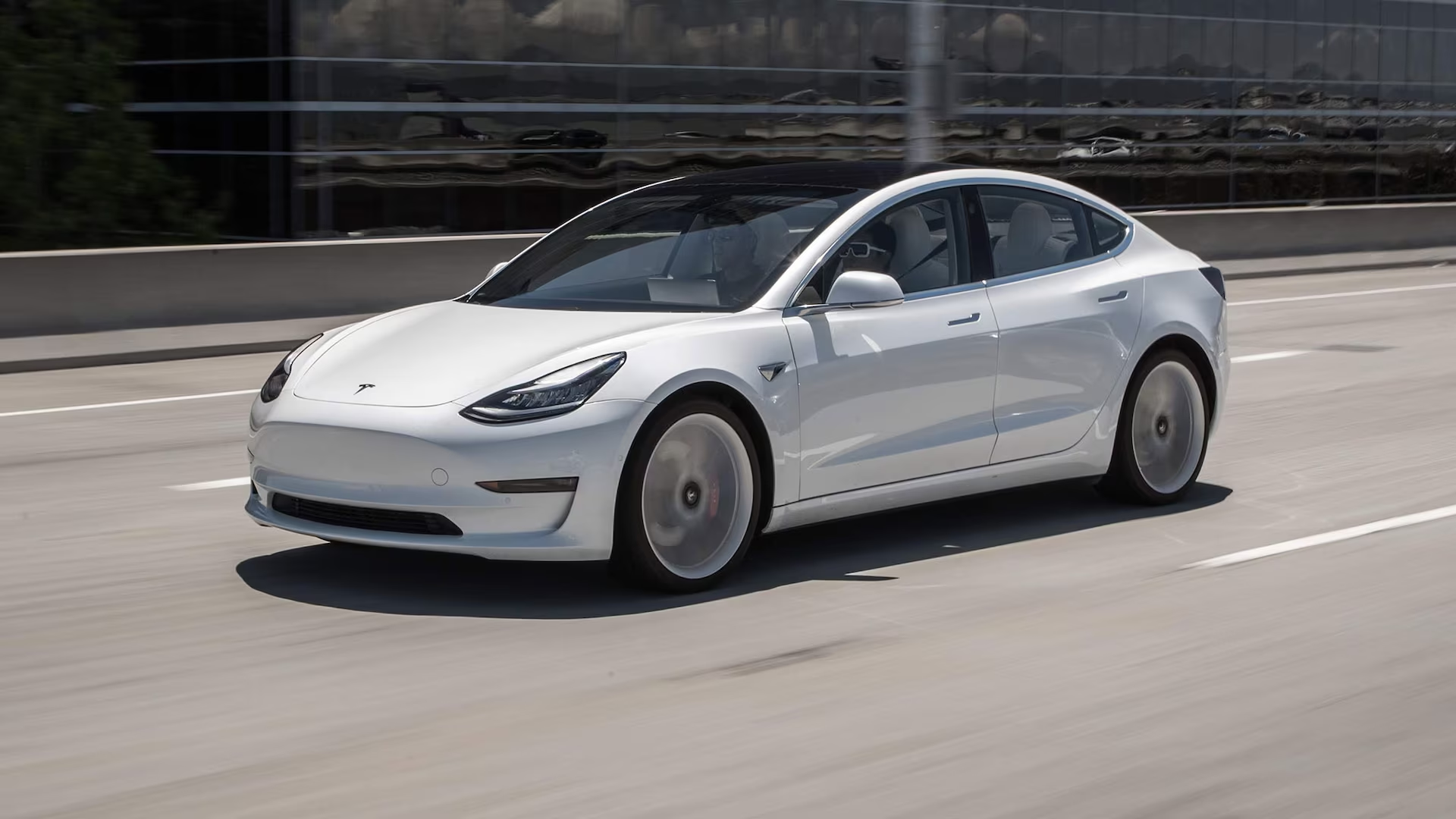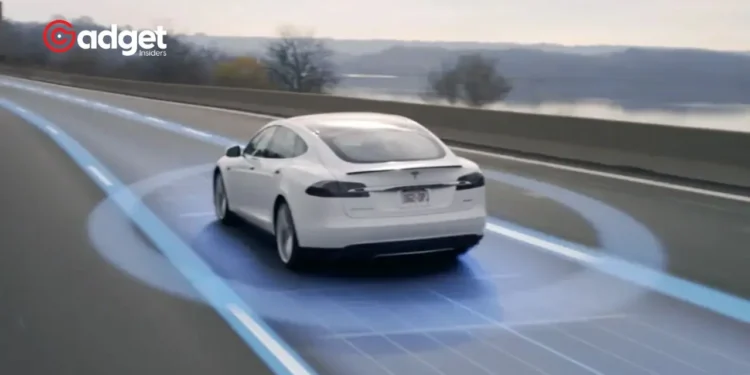In a heart-wrenching incident on a clear day in Washington State, the limitations of Tesla’s advanced driving systems came into sharp focus, leading to a tragic accident that claimed the life of a motorcyclist. The evolving narrative around autonomous driving technology and the safety concerns it raises are once again at the forefront of public and legal scrutiny.

Tesla: A Tragic Misuse of Technology
On the afternoon of July 24, 2022, a devastating accident occurred near Draper, Utah, involving a Tesla Model S and a motorcycle. The Tesla, operated by a 56-year-old man from Snohomish, was reportedly using the car’s Autopilot system.
A technology Tesla insists requires driver supervision. According to police reports, the driver was browsing his phone, relying on the vehicle to navigate the roads independently.
This fatal distraction had dire consequences. The Tesla, unmonitored and unchecked, failed to detect Jeffrey Nissen on his motorcycle and collided with him at high speed.
The impact was catastrophic, throwing Nissen from his motorcycle and tragically pinning him beneath the electric vehicle. First responders found Nissen lodged under the car, marking a somber end to what began as a routine commute.
Tesla Driver Charged With Killing Motorcyclist After Turning on Autopilot and Browsing His Phone https://t.co/NUCashJR99
— James F. McGrath (@ReligionProf) April 24, 2024
The Misconception of Full Autonomy
Tesla’s Autopilot and Full Self-Driving (FSD) capabilities have long been topics of intense debate and confusion. While marketed with names suggesting comprehensive autonomy, these systems are, in reality, advanced driver-assistance systems (ADAS).
They require active human oversight—something the involved driver neglected, leading to a fatal oversight.

“It is crucial to understand that your Tesla is not a ‘self-driving car,'” reminds a statement from the vehicle manufacturer. Despite this, the allure of so-called autonomous driving continues to mislead consumers about the actual capabilities and limitations of these technologies.
Tesla explicitly states that these systems are intended for use with “a fully attentive driver, who has their hands on the wheel and is prepared to take over at any moment.”
Legal Implications and Public Safety Concerns
Following the incident, the Tesla driver was charged with vehicular homicide and was booked into the Snohomish County Jail. His bail was set at $100,000.
This case highlights not only the potential dangers of misusing driver assistance technologies but also the legal ramifications for drivers who abdicate responsibility to their vehicles.

Public confidence in self-driving technologies is shaky at best. A survey by Forbes revealed that 93 percent of Americans harbor concerns about the safety of self-driving cars, and 61 percent would not trust them at all.
The incident underscores the critical need for clearer regulations and more robust safety protocols for autonomous vehicles, particularly as they are tested in real-world environments.
The Road Ahead
As we move forward, the dialogue around autonomous driving technology must evolve to better educate users about their responsibilities and technological limitations. The tragic loss of Jeffrey Nissen is a sobering reminder of what is at stake when technology and human oversight fail to coalesce effectively.
Tesla, and other companies pioneering this technology, must take definitive steps to ensure that their innovations do not outpace their safety measures. Meanwhile, drivers must remain vigilant, understanding that technology is an aid, not a substitute for active driving engagement.
As this technology continues to develop, one can only hope that both legal and ethical standards will mature alongside it, preventing such tragedies in the future.










